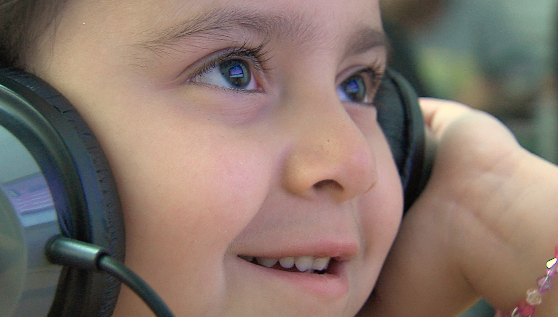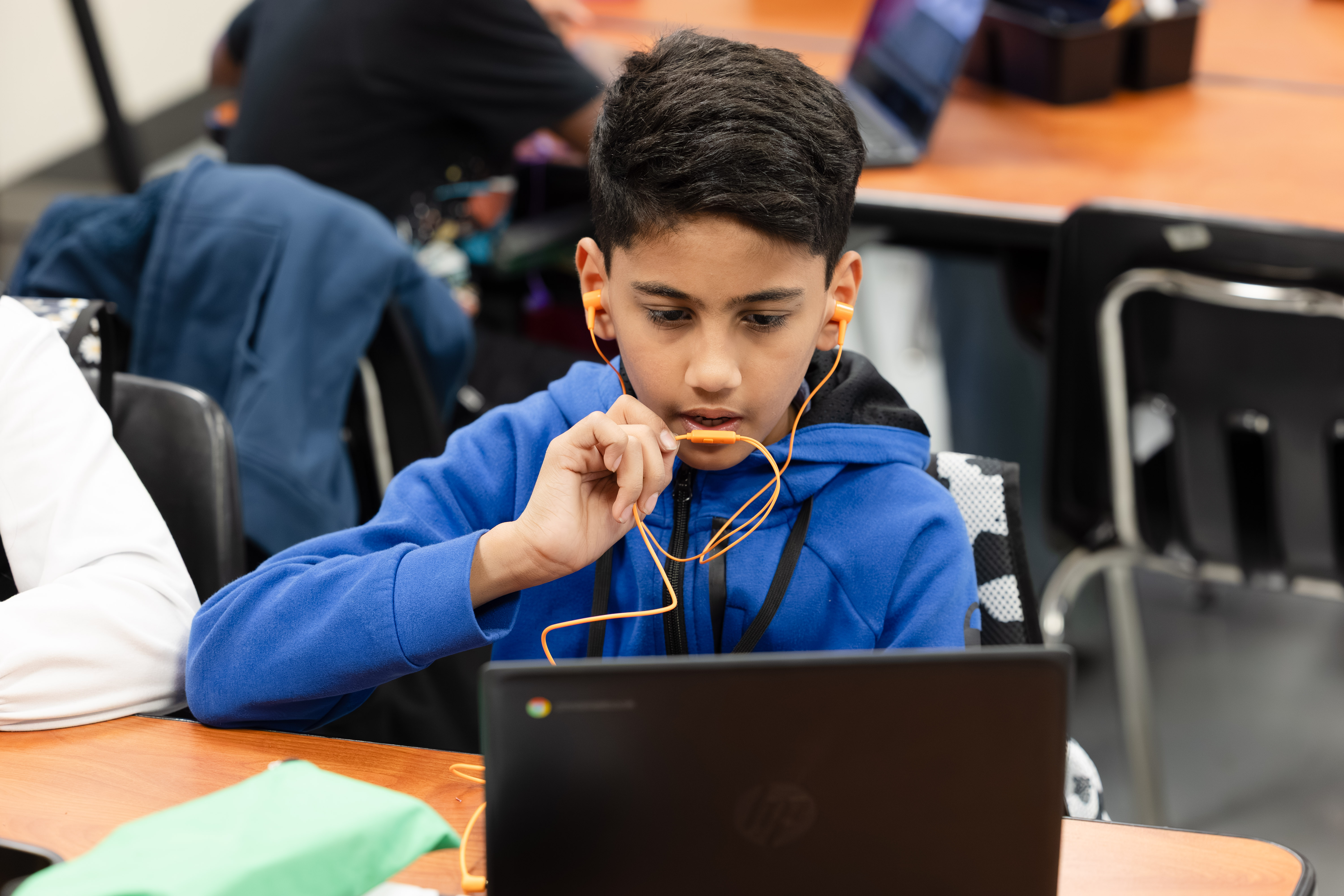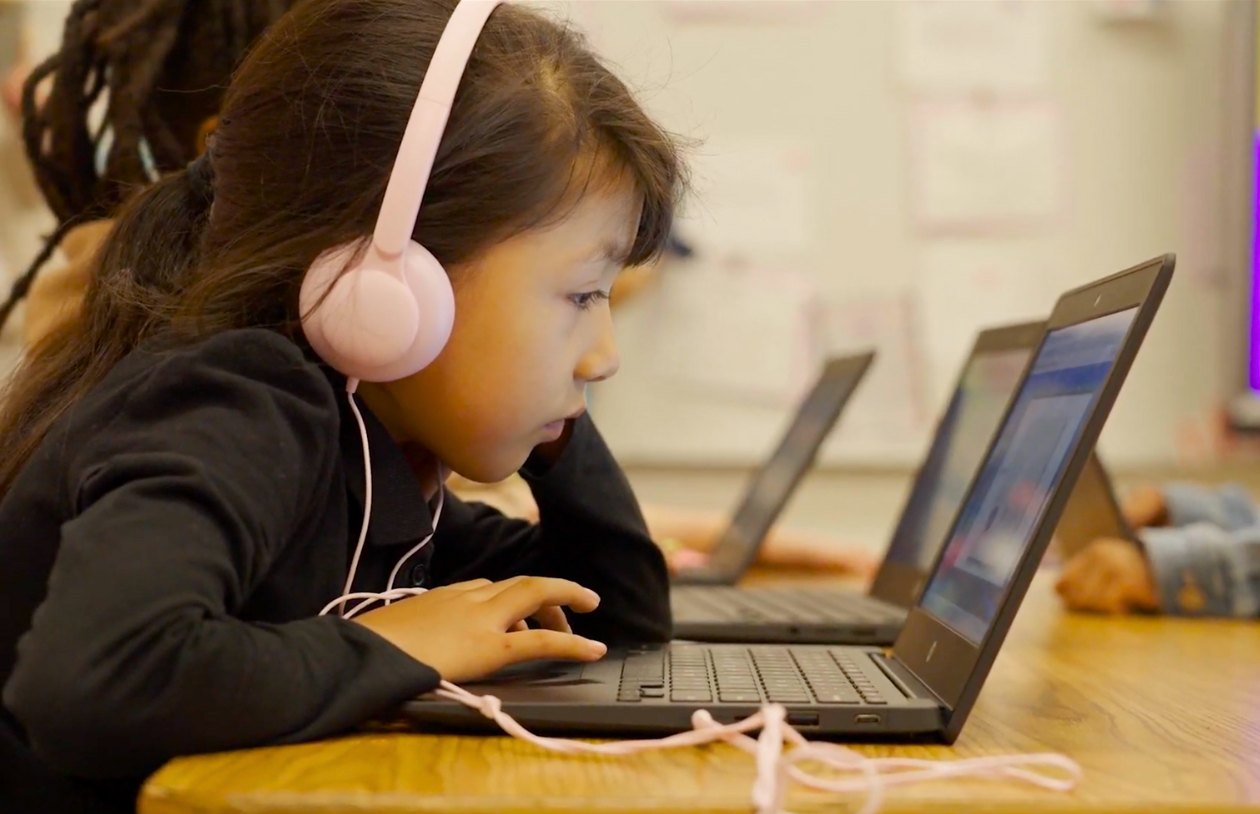4 Tips to Make the Most of Technology to Increase Student Agency

Increase Student Agency by Making the Most of Technology
Engagement and motivation are crucial to a student’s learning and academic growth. Among the unexpected challenges generated by the pandemic, students are not nearly as actively engaged in their learning as they were before. This may be because of personal stress, social isolation, or inconsistent practices with virtual learning efforts. Though we don’t know the exact reason, increasing student agency is an important factor in improving engagement and achievement.
Student agency is considered an active process of engagement and authority over one’s learning. It refers to the student having ownership and voice during the learning process.
Now is the time to engage learners and give students more choice in their learning. According to an article by the Learning Counsel, “we are in the ideal moment to continue transforming teaching and learning through technology. Now, it is only a matter of creatively using the essential tools and integrating new devices–and marking a bright educational future for everyone.”
Teachers and school leaders must strive to find new innovative ways to motivate and engage their students. As a campus leader, encourage your teachers to continually integrate technology into their instruction and consider four tips to increase student agency by making the most of that technology.
4 Tips to Make the Most of Technology to Increase Student Agency
- Use game-based learning activities online.
Supplementing instruction with game-based learning activities online is extremely valuable. According to a research article, game-based learning environments are educationally effective. And they are known to be highly motivating.
The research also suggests that using game-based learning strategies in the classroom fosters collaboration, improves academic performance, and increases student engagement. Students grow more confident and independent in their thinking when they experience and interact with game-based learning.
The best game-based learning tools will implement games that cultivate critical thinking skills and provide students with thought-provoking choices that lead to meaningful outcomes. Programs like Istation, that offer online reading, math, and Spanish literacy content, provide game-based learning that allows students to make their own choices as they work through assessments and instruction.
- Create digital experiences for students.
Digital tools for educators are abundant right now. The best tools promote a positive digital learning environment for all by increasing engagement.
Digital assignments allow teachers to differentiate lessons and provide immediate feedback to students and their families. They also create more opportunities for engaged learning and allow students to produce more creative content that demonstrates their knowledge. Tools like Google Classroom are excellent to utilize in the digital learning environment.
- Add multimedia tools to lesson plans.
Multimedia tools can strengthen your campus’s learning environments. By incorporating more of these tools, educators can boost student engagement and create stimulating learning experiences.
In an article by Ecamm, studies show that 65 percent of people are visual learners and process information better through visual reinforcements such as videos. The article goes on to explain the importance of incorporating videos as a part of the visual learning strategy in the classroom. Using multimedia tools helps students establish higher-level thinking skills, analytical abilities, and critical evaluation skills.
When educators implement multimedia tools in their instruction, students…
- have more agency over how they learn;
- better express what they know or need help with; and
- develop new skills in meaningful ways.
- Optimize station rotations to include school technology tools.
To meet the individual needs of all learners in the classroom, educators must be creative in providing strategic models of differentiation. Having students work in station rotations is a great way to do this.
Station rotations create a more empowering learning environment for students, allowing them to take more ownership in their learning by working on tasks at their own pace.
Classroom stations should include a variety of activities that are digital, collaborative, individualized, and hands-on. This also gives students what they need to excel by working on their own individual learning paths.
Istation’s online instructional paths for individual students are great to include as a classroom station. Students spend 30 minutes answering a screener that will place them on their own individual instructional path. Teachers can use real-time reports that offer interventions for more practice with students.
When students are allowed to have agency in their learning, they become more engaged and invested in what they are doing. Learn more about Istation’s engaging, game-based activities and empowering, personalized instruction that help educators create more student agency.
Read more from the AI & The Reading Brain Blog


.avif)
